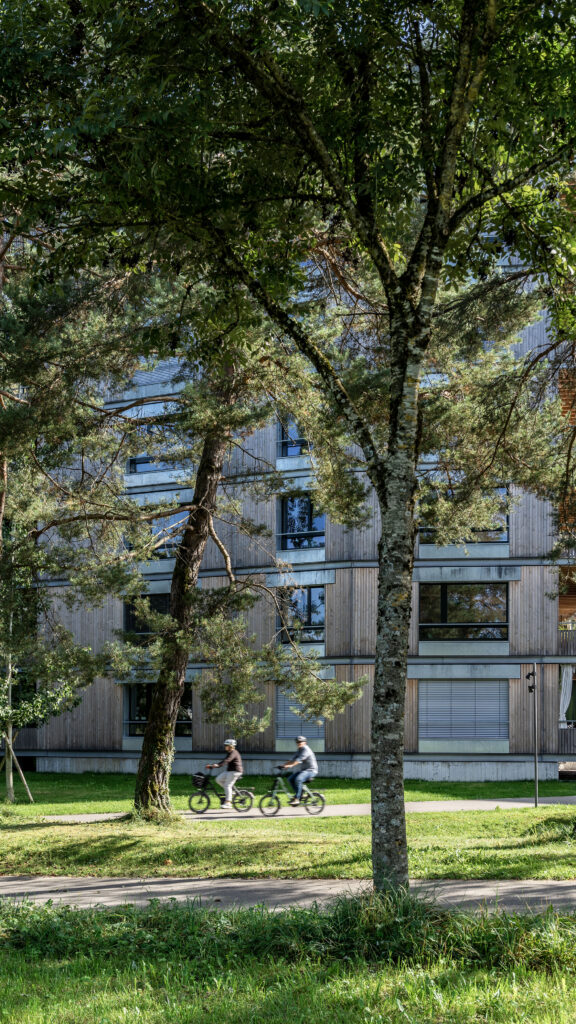
November 7, 2025
1554 Zellweger Park Uster
1554 Zellweger Park Uster
Location:
Uster, Switzerland
Project Phases:
Competition 2006, 1st Prize; Completion 2010
Client:
City of Uster, Department of Urban Space and Nature
Landscape Architecture:
Studio Vulkan (formerly Schweingruber Zulauf Landscape Architects)
Hydraulic Engineering:
Staubli, Kurath & Partner
Photography:
Rene Rötheli, Daniela Valentini
Details:
A Landscape in Transformation
For decades, the Zellweger-Luwa machinery factory played a defining role in shaping both the urban fabric and the identity of Uster. The adaptive reuse of this former industrial site reflects not only a shift in function but stands as a powerful example of the urban and societal transformation currently underway in the city. Owing to its prominent location, spatial quality, and diverse potential for use, the site holds particular significance for Uster’s present and future development.
The process of opening and reshaping the previously inaccessible water and green spaces into public open areas was guided by a deliberately restrained, minimally invasive approach. This careful methodology enabled the preservation of ecological and design qualities while allowing for flexibility in programming and future use.
At the heart of the landscape interventions was the ambition to conserve and enhance the site’s existing natural character – even under increasing pressure from public use. Gently reconfigured shorelines, improved water quality, and the retention of mature trees and informal paths through forest and riparian vegetation all contributed to this goal. Existing planting structures, solitary boulders, and natural reed zones were largely preserved and thoughtfully integrated into the design concept, making the site’s original features accessible and perceptible.
Artistic and design interventions – such as the elegantly curved wooden bridge by Japanese artist Tadashi Kawamata, a sculpture by the Swiss duo Fischli/Weiss, and custom seating designed by Studio Vulkan – serve as
carefully placed, artificial accents within the landscape. They create deliberate moments of contrast with the surrounding natural environment and endow the space with a new layer of cultural legibility.